Sandra Bland was found dead in a jail cell, apparently by suicide, after her arrest during a traffic stop. Now she’s joining a long list of now-familiar names of black people whose deaths have ignited a movement for change: Eric Garner, Mike Brown, Tamir Rice, Akai Gurley, Walter Scott. Until recently, that list of much-repeated names included few women.
Last week was the one-year anniversary of Eric Garner’s death at the hands of police officers, while next month is the anniversary of Mike Brown’s. And as the #BlackLivesMatter movement continues its push for social justice, a counter-narrative is emerging. Some women within the movement are accusing the media and even their own peers of focusing on violence against black men, but ignoring police violence against black women. When footage of Bland’s violent (and possibly illegal) arrest was released Tuesday, she emerged as the both the latest example of how black people experience police violence, and a powerful reminder that the violence is not only directed at black men.
Bland, originally from Illinois, was pulled over for a minor traffic violation in Prairie View, Texas and arrested after refusing to put out her cigarette. A newly released police dashcam video of Bland’s arrest shows her repeatedly demanding to know why she’s being arrested, and ends with her screaming, “you just slammed my head into the ground.” Three days after her July 10th arrest, Bland was found hanged to death in her cell. Officials say she hung herself with a plastic bag, and video released from jail cameras appears to show no activity outside her cell for the 90 minutes around her death. But her family claims she would never kill herself — especially since she was about to start a new job at Prairie View A&M University. Investigators from the Texas Rangers and the FBI are investigating her death as if it was a homicide.
The issue was bubbling even before the release of the footage. Over the weekend, protestors chanting #SayHerName at a Netroots Nation conference demanded Democratic presidential hopefuls Bernie Sanders and Martin O’Malley address questions of racial inequality and police violence. #SayHerName is a corollary to #BlackLivesMatter– it’s about reminding America that black women can also be victims of police violence.
Organizers say the it’s the media, not the movement, that focuses on the deaths of black men. “I often hear reporters say: ‘this movement is because black men have been killed at the hands of law enforcement,’ but we’ve never said that,” says Patrisse Marie Cullors, director of truth and reinvestment at Ella Baker Center for Human Rights and one of the three black women who originally founded #BlackLivesMatter. “That’s never how we characterized this movement.”
Last Friday, the African American Policy Forum released a stunning report shedding light on black women who have been killed by police. “When you ask people to name victims of police brutality, for the most part nobody will give you a woman’s name,” says Kimberlé Williams Crenshaw, a professor at Columbia Law School who co-authored the report. But if black women’s stories have been ignored, that’s ultimately a failure of media coverage– so perhaps the best way to combat that is by telling some of their stories:
Natasha McKenna: McKenna died after she was tased by police while she was shackled in a Virginia jail in February. McKenna, who had a 7-year old daughter and suffered from schizophrenia, had allegedly punched a cop in January and was jailed on charges of assaulting a police officer (she was originally held in a mental health facility, then transferred to County Jail.) She was kept in jail for over a week as officials tried to get her the mental health care she needed, but they ultimately realized they would have to move her to a different jurisdiction in order to get her psychiatric care. According to incident reports obtained by the Washington Post, McKenna became agitated after jailers handcuffed her to prepare her for the move, and started yelling “You promised you wouldn’t hurt me.” It took response team 20 minutes to subdue McKenna, according to the report, and they shackled her legs and hands behind her back and put a spit mask on her face. When they still couldn’t get her under control (even though McKenna was only about 130 lbs,) they tased her multiple times with a stun gun. Her heart stopped, and she died in the hospital five days later. Her mother took photos of her body, which showed black eyes, bruises, and a missing or amputated finger.
Janisha Fonville: Fonville was shot and killed in March when Charlotte, NC police officers responded to a domestic dispute between Fonville and her girlfriend of two years. Her girlfriend says she had warned the officers that Fonville had a knife and might hurt herself. Officers came into a darkened room and fired shots when Fonville took one step towards them. Later, Charlotte police said Fonville was holding a 6-8 inch knife, and had lunged at the officers after being ordered to drop her weapon. Fonville’s girlfriend said she did not have the knife in her hands and was at least six feet away from the police. When the lights came on, Fonville was shot in the head and neck. The officer who fired the shots had been involved in two previous shootings, the Charlotte Observer reports. He won’t be charged in Fonsville’s death.
Tanisha Anderson: Cleveland woman Tanisha Anderson, 37, died last November after police restrained her in a prone position. Her family called the police after Anderson, who suffered from bipolar disorder, started behaving erratically– they hoped police would take her to a mental health facility. After she broke out of the police cruiser, officers retrained her on the ground in a prone position, which led to her death. According to the AAPF report, Anderson’s family was not allowed to approach her or comfort her as she lay dying in the cold outside her home. The medical examiner ruled her death a homicide.
Trayvon Martin
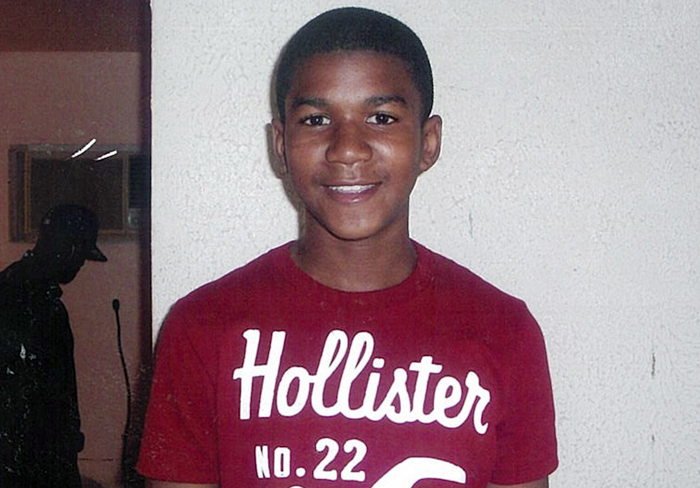
Feb. 26, 2012 Neighborhood watch volunteer George Zimmerman fatally shoots unarmed 17-yearold Trayvon Martin after an altercation in a Sanford, Fla., subdivision. The incident sparked a national conversation about race and prompted President Obama to say that were he to have a son, “he’d look like Trayvon.” Zimmerman, who argued that he acted in self-defense, was acquitted of second-degree murder and manslaughter in July 2013.
Ernest Satterwhite
Feb. 9, 2014 Ernest Satterwhite, 68, is shot and killed in his driveway by a white public-safety officer in North Augusta, S.C., following a slow-speed car chase. Justin Craven fired multiple rounds through the driver-side door of the vehicle. The officer alleges that Satterwhite reached for his weapon; Satterwhite’s family disputes the allegation. Craven was charged with a felony for discharging his gun into an occupied vehicle on April 7, the same day Michael Slager was charged with murdering Walter Scott. He faces up to 10 years in prison.
Dontre Hamilton

April 30, 2014 Milwaukee police officer Christopher Manney fatally shoots Dontre Hamilton, an unarmed 31-year-old African American with a history of mental illness, in a downtown park. Manney alleged that Hamilton, who appeared to be homeless, attempted to grab his baton during a pat down. Manney says he shot Hamilton 14 times in self-defense. Manney was fired in October but was not charged in the shooting.
Eric Garner
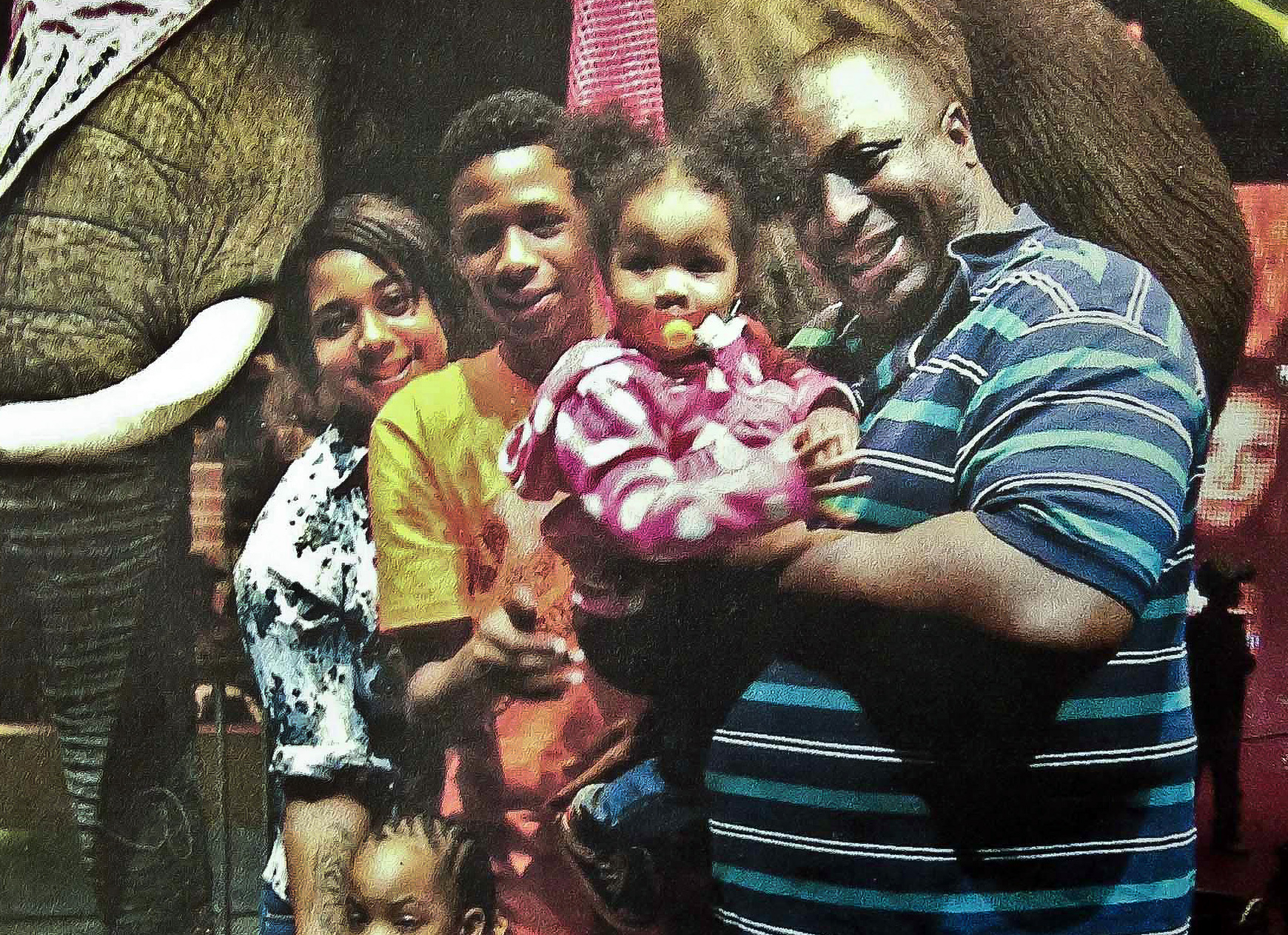
July 17, 2014 Eric Garner, 43, dies after being wrestled to the ground as New York City police attempted to arrest him for selling illegal cigarettes. In a cell-phone video recorded by a bystander, Garner can be heard repeatedly saying, “I can’t breathe.” The phrase was soon adopted as a rallying cry by protesters. On Dec. 3, a grand jury decided not to indict NYPD officer Daniel Pantaleo in Garner’s death.
John Crawford III

Aug. 5, 2014 John Crawford III, 22, is shot inside a Walmart in Beavercreek, Ohio, after picking up an air rifle from the shelf. While police say they repeatedly asked Crawford, who was black, to drop the gun, surveillance video shows that police shot the man soon after approaching him.
Michael Brown

Aug. 9, 2014 Darren Wilson, a white Ferguson, Mo., police officer, fatally shoots unarmed 18-yearold Michael Brown, setting off months of unrest in the St. Louis area. Protests erupted nationwide in November, when Wilson was not indicted in Brown’s death. But the shooting prompted a Justice Department investigation of the Ferguson Police Department. In March, after the scathing report found instances of overt racism among officers and a pattern of arrests targeting black residents, Ferguson’s police chief and city manager resigned.
Levar Jones
Sept. 4, 2014 Levar Jones, 35, is shot multiple times by 31-year-old Sean Groubert, a white South Carolina state trooper, seconds after being stopped for a seat-belt violation, all of which was caught on the officer’s dash cam. Jones, who was black and unarmed, survived and can be heard on a video asking, “Why did you shoot me?” Groubert was later fired and charged with assault and battery, which carries a sentence of 20 years in prison. A verdict is expected later this year.
Tamir Rice

Nov. 22, 2014 Tamir Rice, 12, is fatally shot and killed in a Cleveland park after police responded to a 911 call reporting a person with a gun. The caller warned that the gun may have been fake, but the officers say they didn’t know that. Officer Timothy Loehmann shot Rice within seconds of arriving on the scene. Rice’s gun turned out to have been a toy. A group of political and religious leaders have called for criminal charges to be brought against the officers involved, and a grand jury plans to hear evidence in the case.
Rumain Brisbon
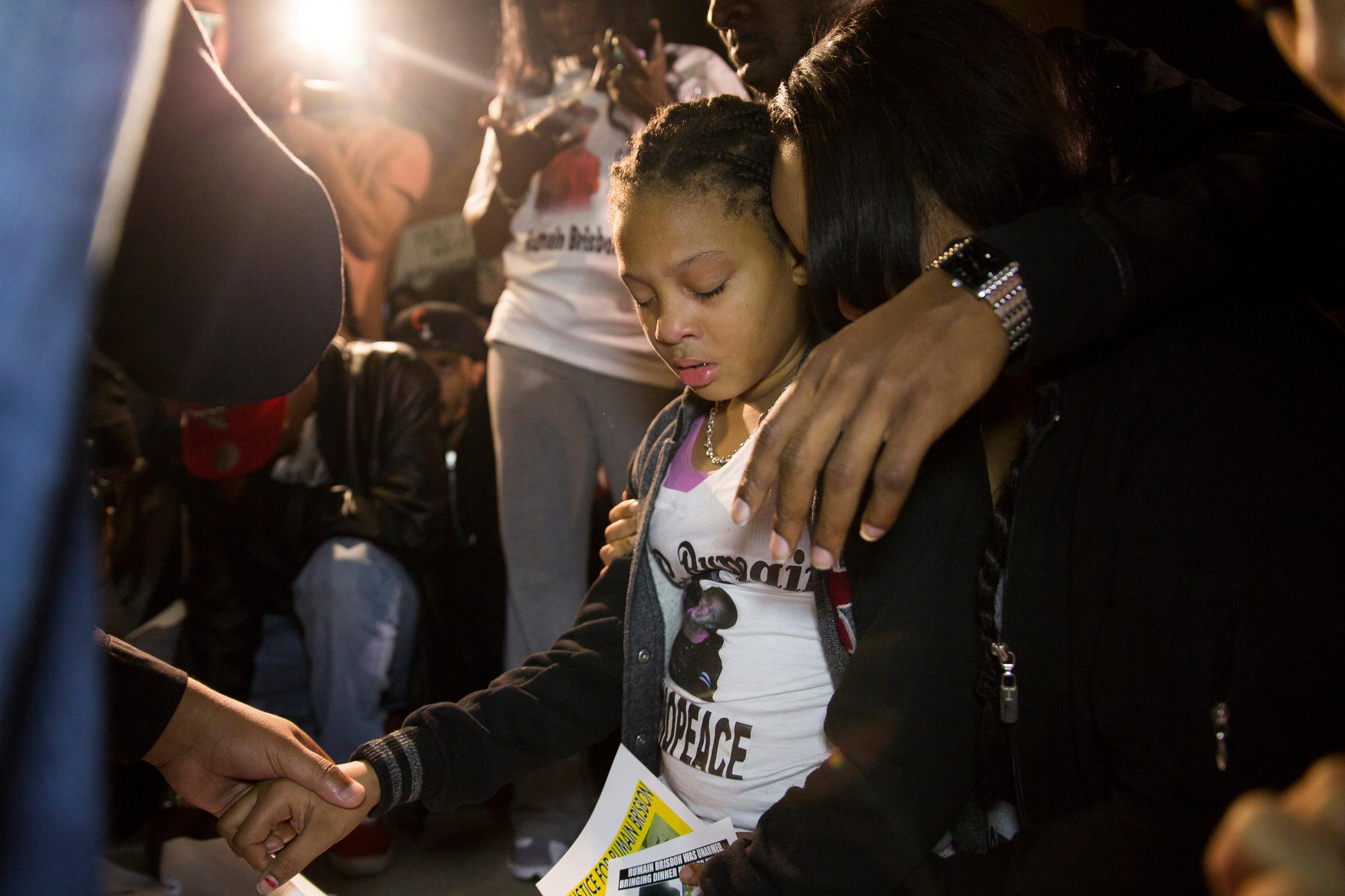
Dec. 2, 2014 Rumain Brisbon, 34, is shot and killed by a Phoenix police officer following a drug-related traffic stop in which Brisbon, who was black, fled, refused arrest and appeared to be reaching for a weapon. Brisbon was shot by Mark Rine, a 30-year-old white officer. The incident set off several demonstrations in downtown Phoenix. On April 1, a Maricopa County attorney announced that criminal charges would not be brought against Rine.
Charly “Africa” Leundeu Keunang
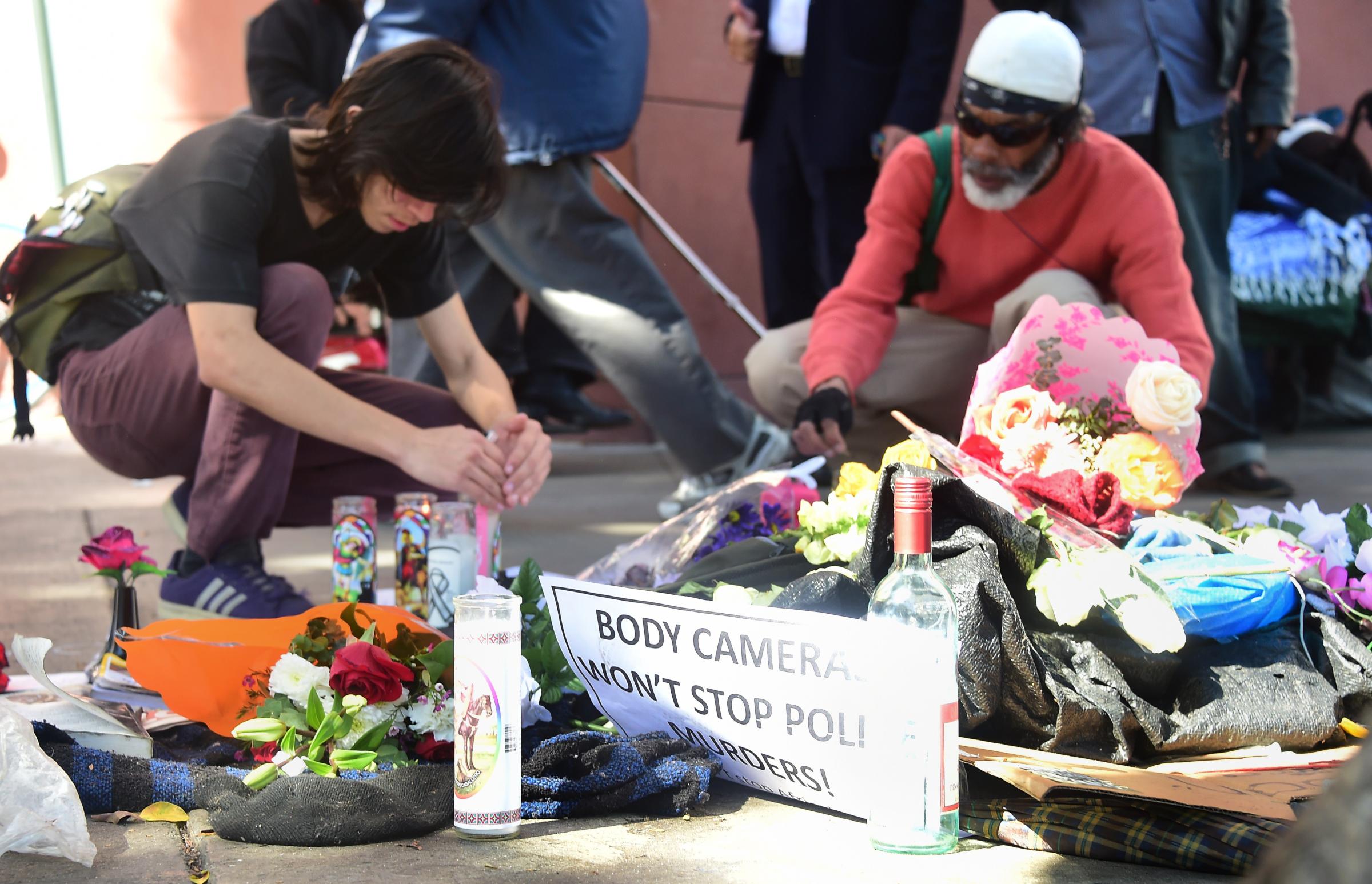
March 1, 2015 Los Angeles police officers shoot and kill a black homeless man named Charly “Africa” Leundeu Keunang, following a confrontation in the city’s Skid Row, an area with a heavy concentration of homeless people. Officers said the man attempted to take one of their guns.
Naeschylus Vinzant
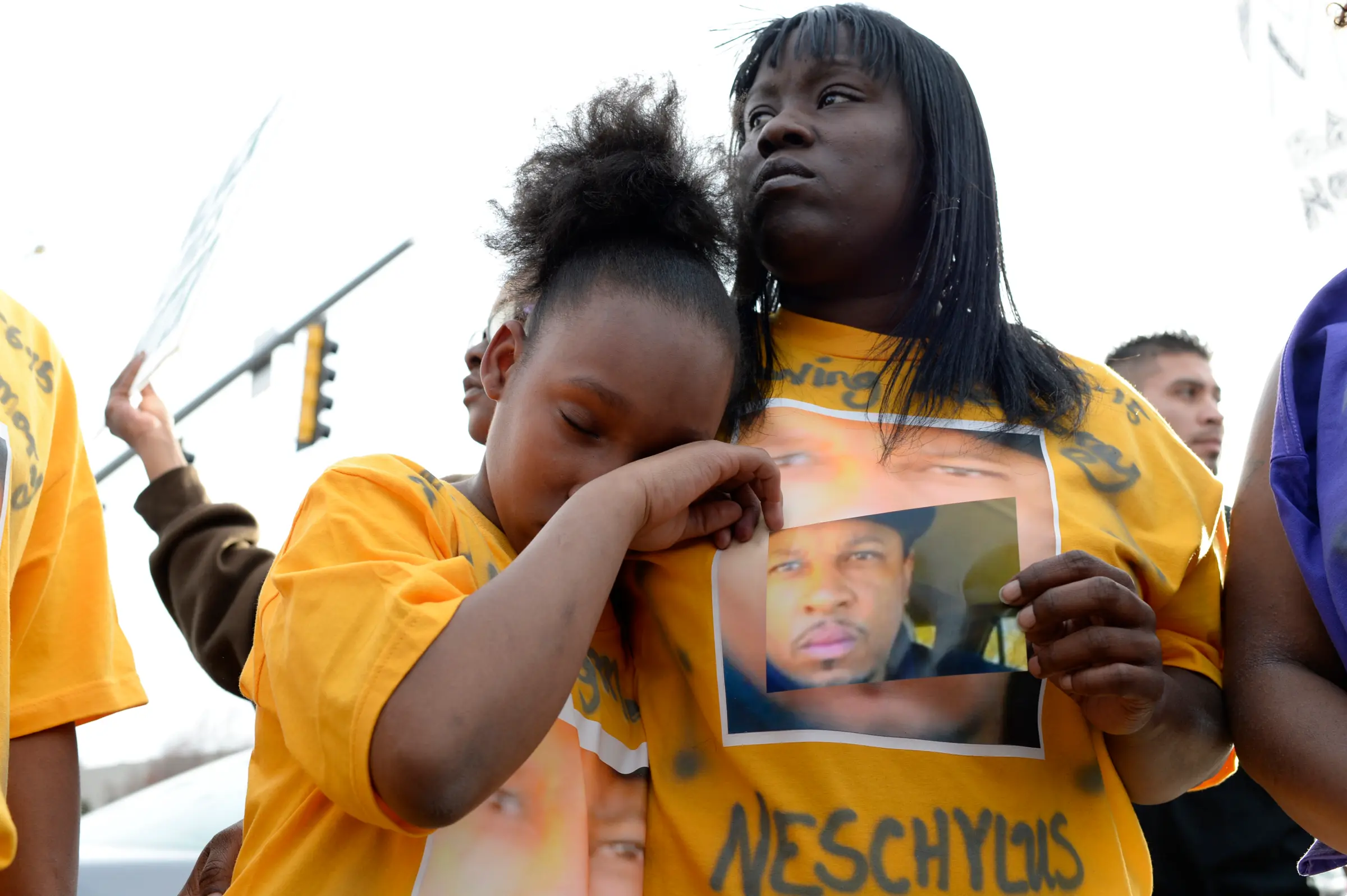
March 6, 2015 Naeschylus Vinzant, a 37-yearold unarmed black man, is shot in the chest and killed by Paul Jerothe, a police officer in Aurora, Colo. At the time of the shooting, Vinzant was violating his parole and had removed his ankle bracelet. He also had a violent criminal history but was unarmed as officers tried to arrest him. Jerothe, a SWAT team medic officer, has been placed on administrative leave pending an investigation.
Tony Robinson
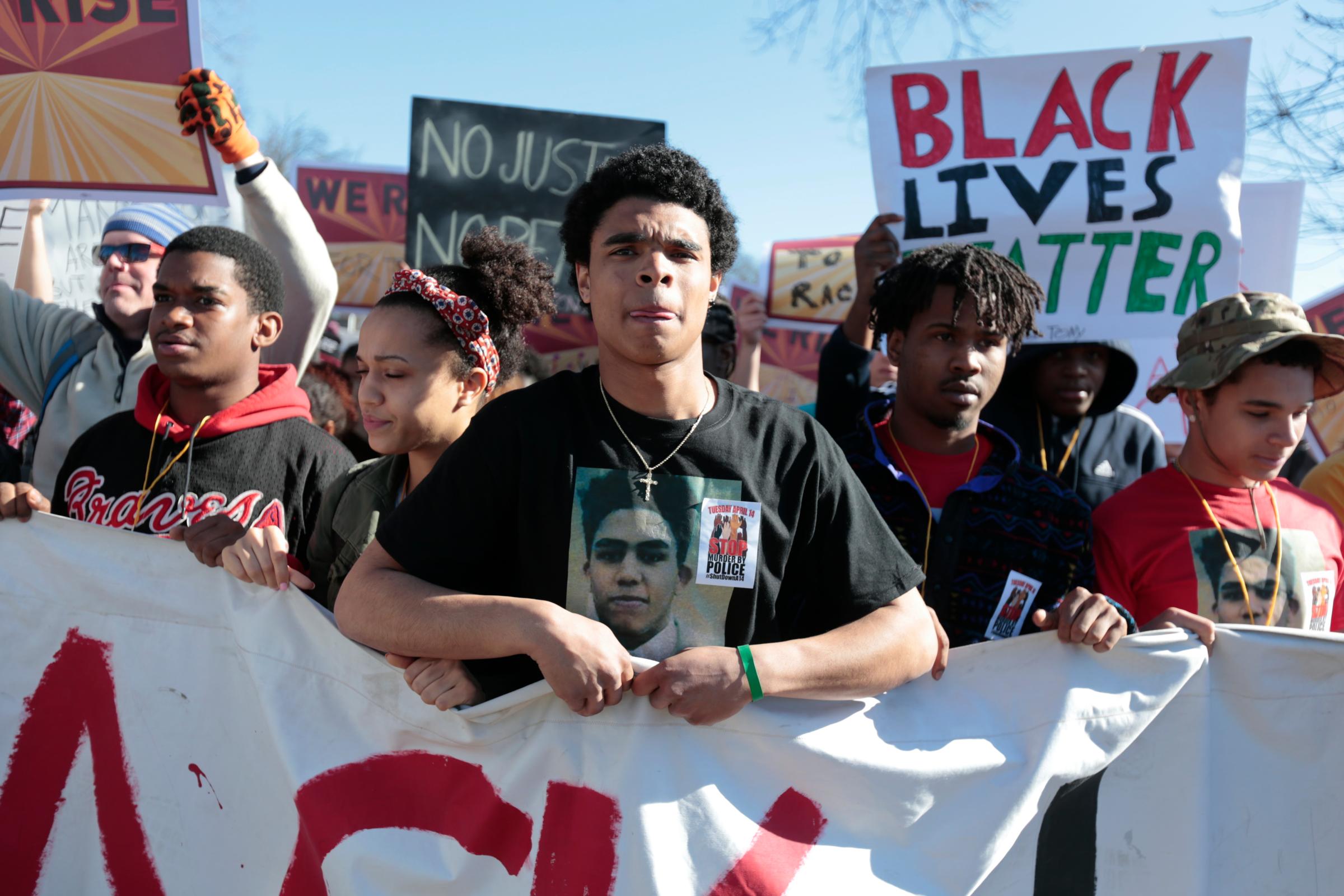
March 6, 2015 Tony Robinson, a 19-year-old biracial man, is shot by a white Madison, Wis., police officer after Robinson was allegedly jumping in and out of traffic. Matt Kenny, a 45-year-old officer who was exonerated in a 2007 shooting of an African-American man, got into an altercation with Robinson when he entered an apartment in which Robinson was reportedly acting aggressively. Kenny, who says he was attacked by Robinson, was placed on administrative leave with pay pending the results of an investigation.
Anthony Hill

March 9, 2015 Anthony Hill, a black 27-yearold Air Force veteran, is shot and killed in Chamblee, Ga., by Robert Olsen, a white DeKalb County Police Department officer. Hill was naked and unarmed at the time of the incident and was apparently knocking on multiple apartment doors inside a housing complex. Olsen has been placed on leave. An investigation by the Georgia Bureau of Investigation is currently under way.
Walter Scott
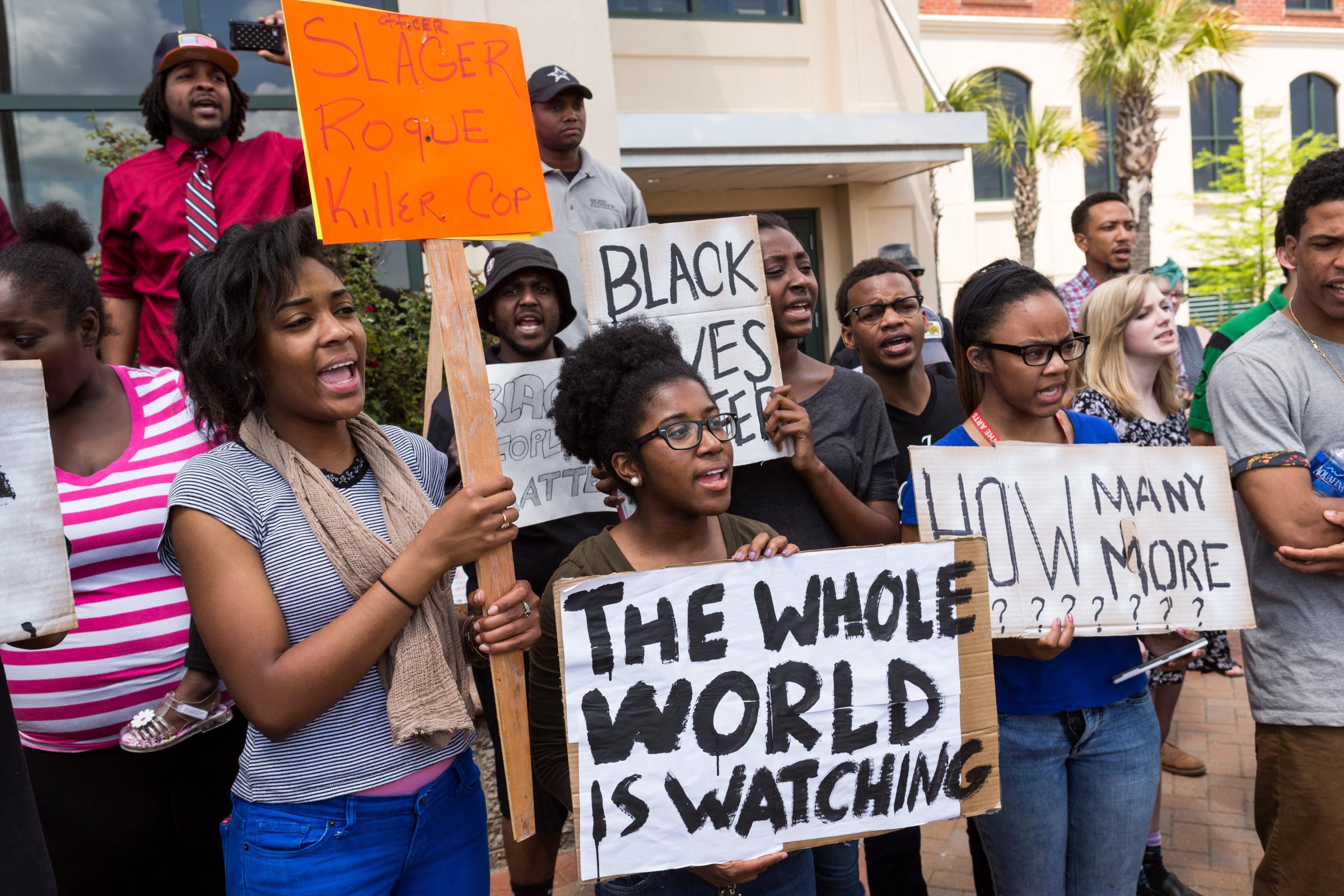
April 4, 2015 Walter Scott, a 50-year-old black man, is shot and killed as he’s apparently fleeing North Charleston officer Michael Slager, 33. Slager, who is white, alleges that Scott reached for his Taser. A video recorded by a bystander appears to show Scott running away from the officer as he’s shot in the back eight times.
More Must-Reads from TIME
- Donald Trump Is TIME's 2024 Person of the Year
- Why We Chose Trump as Person of the Year
- Is Intermittent Fasting Good or Bad for You?
- The 100 Must-Read Books of 2024
- The 20 Best Christmas TV Episodes
- Column: If Optimism Feels Ridiculous Now, Try Hope
- The Future of Climate Action Is Trade Policy
- Merle Bombardieri Is Helping People Make the Baby Decision
Write to Charlotte Alter at charlotte.alter@time.com